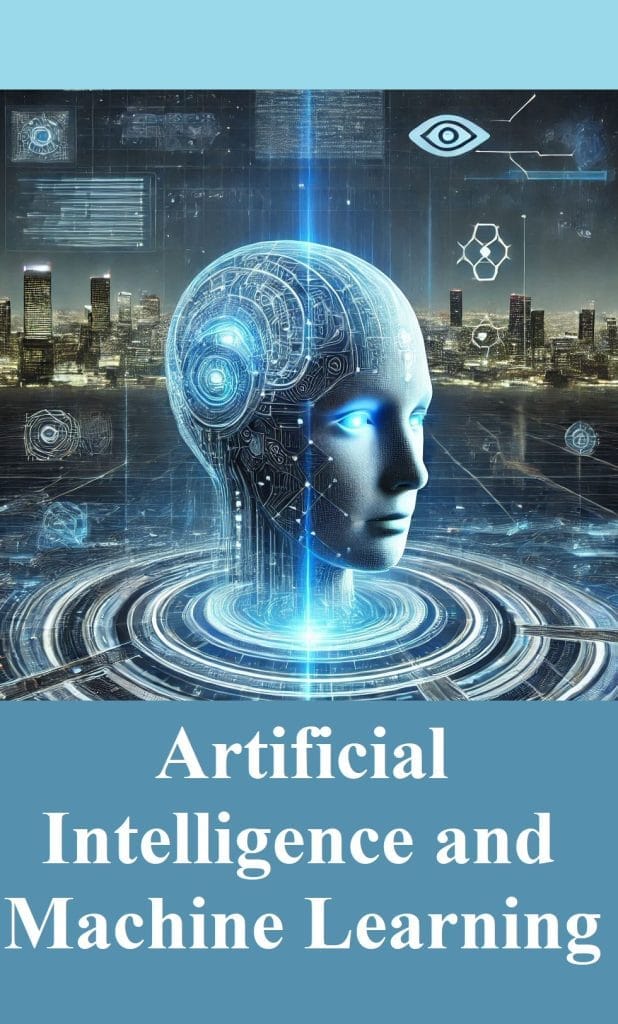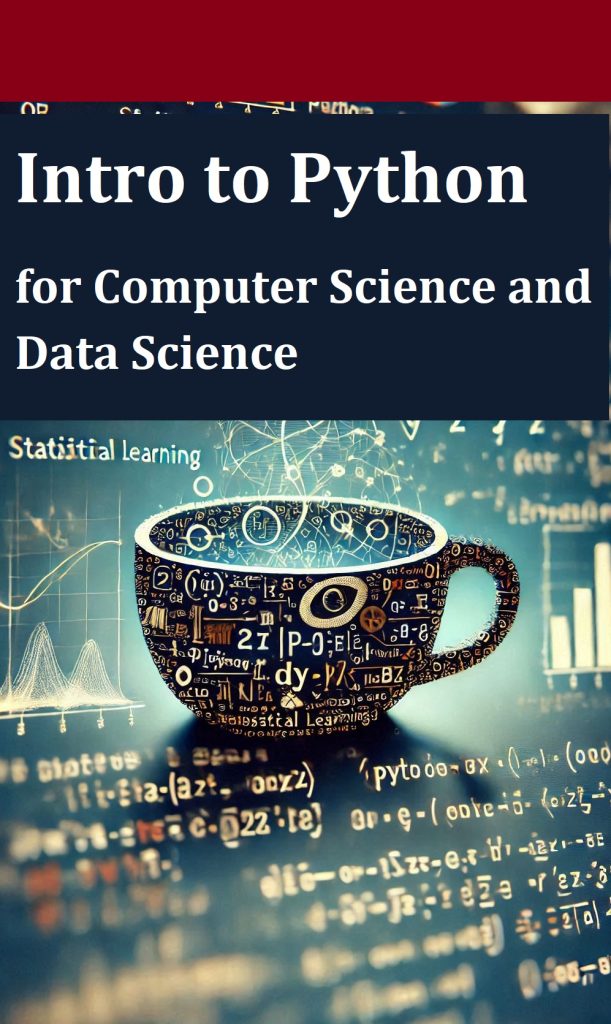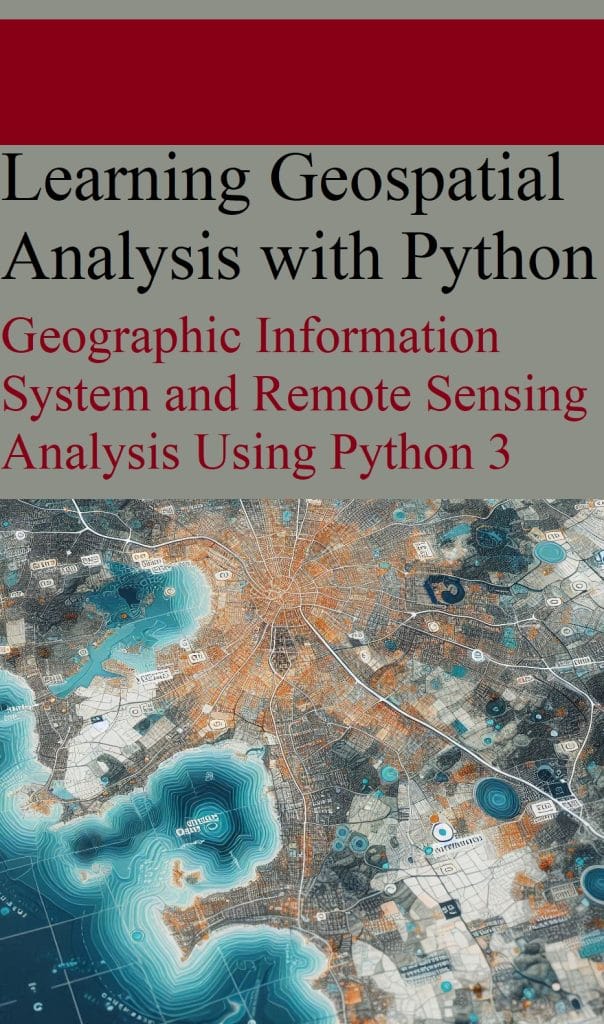Rewrite this article:
Variables and data types
Python supports different data types, including integers, floating-point numbers, strings, and booleans. You can assign values to variables using the = operator.
x = 10 # Integer
y = 3.14 # Float
name = "Python" # String
is_valid = True # Boolean
Control structures
Control structures such as loops and conditionals allow you to control the flow of your program.
# Conditional Statement
if x > 5:
print("x is greater than 5")
else:
print("x is less than or equal to 5")# Loop
for i in range(5):
print(i)
Functions
Functions help you organize your code into reusable blocks.
def greet(name):
return f"Hello, {name}!"
print(greet("Python"))
How to manipulate files and perform data analysis
The standard Python library includes several modules for file manipulation, and additional libraries like Pandas simplify data analysis.
File manipulation
You can read and write to files using built-in functions.
# Writing to a file
with open("example.txt", "w") as file:
file.write("Hello, file!")
# Reading from a file
with open("example.txt", "r") as file:
content = file.read()
print(content)
Data Analysis with Pandas
Pandas is a powerful library for data manipulation and analysis.
import pandas as pd
# Creating a DataFrame
data = {"Name": ["Alice", "Bob", "Charlie"], "Age": [25, 30, 35]}
df = pd.DataFrame(data)# Displaying the DataFrame
print(df)# Analyzing Data
print(df.describe())
How to use libraries in Python and create graphs with Matplotlib
The Python ecosystem includes many libraries that extend its capabilities. One such library is Matplotlib, which allows you to create visualizations.
Creating graphs with Matplotlib
Matplotlib allows you to create different types of graphs to visualize your data.
import matplotlib.pyplot as plt
# Sample data
x = [1, 2, 3, 4, 5]
y = [10, 20, 25, 30, 40]
# Creating a line chart
plt.plot(x, y)
plt.title("Sample Line Chart")
plt.xlabel("X-axis")
plt.ylabel("Y-axis")
plt.show()
Conclusion
Python is an incredibly versatile language, perfect for beginners and experienced developers alike. By mastering the fundamentals, learning how to design algorithms, manipulate files, perform data analysis, and create graphs, you’ll be well on your way to becoming a proficient Python programmer.
This comprehensive guide provides a solid foundation in Python, enabling you to build robust and scalable applications. Whether you’re interested in data analysis, web development, or anything else, Python’s comprehensive libraries and frameworks will support you on your journey.
Source link







